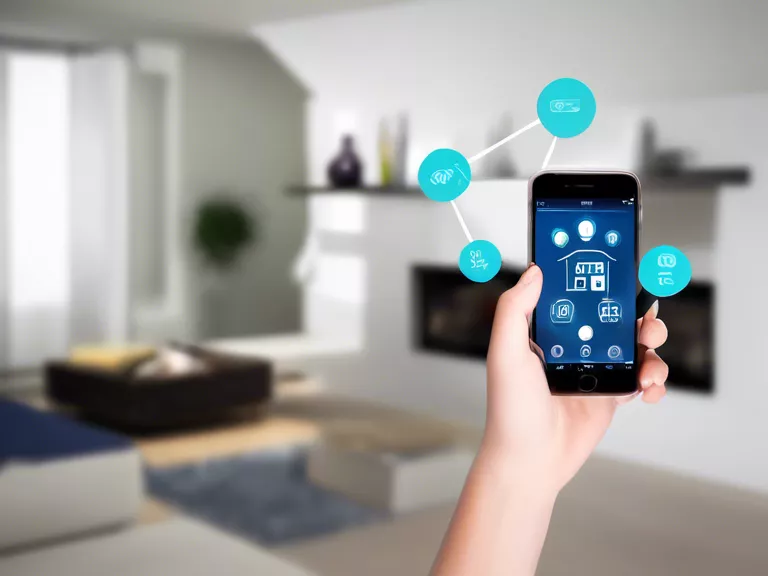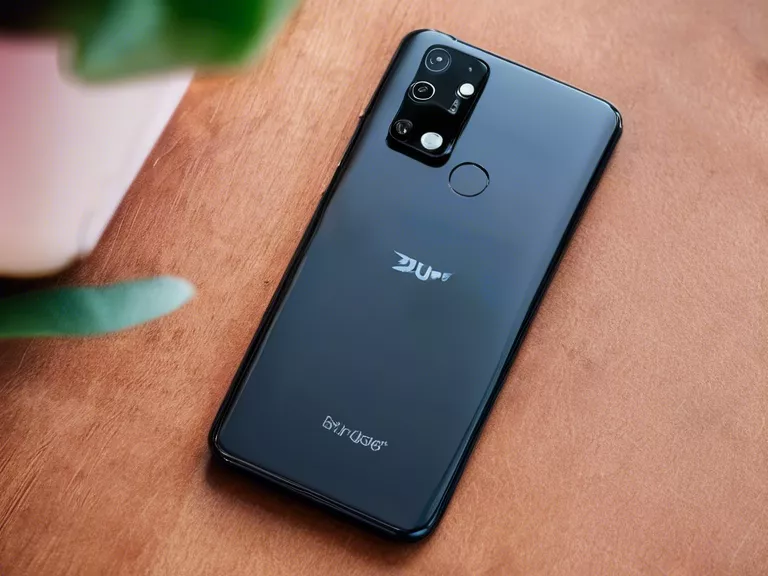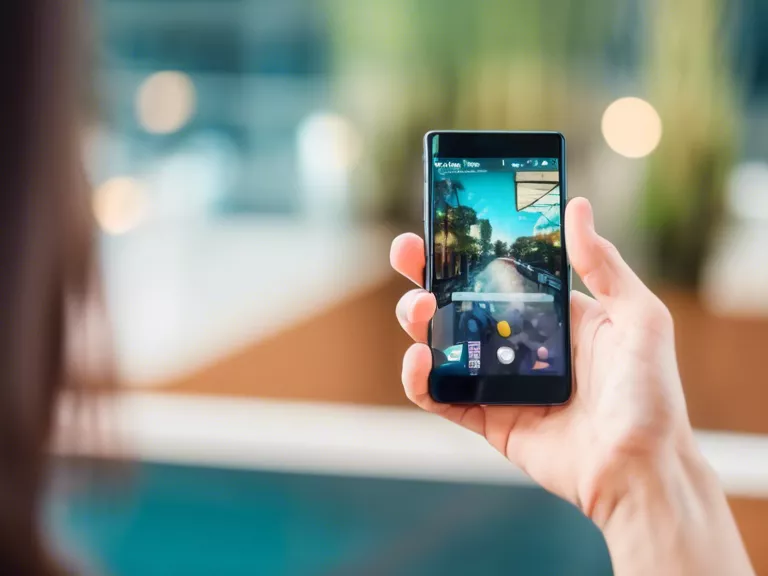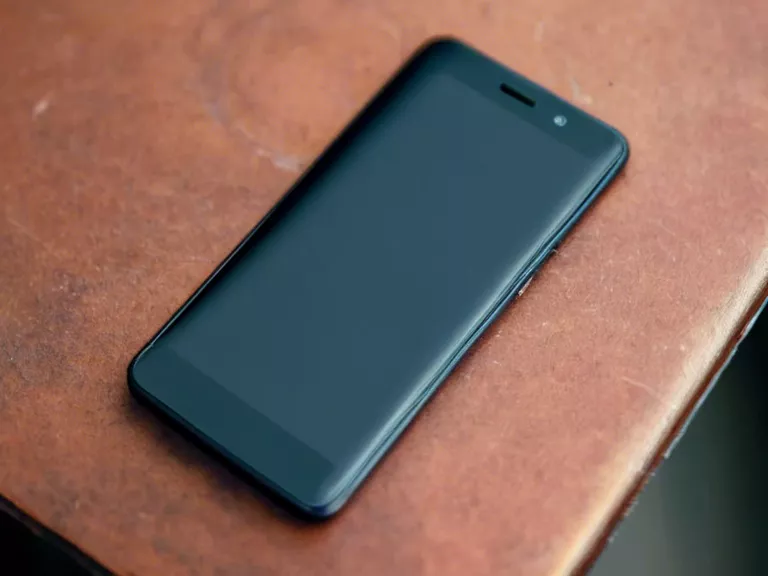
Smartphones have become an indispensable tool in the realm of home automation, allowing users to control IoT devices with just a few taps on their screen. From turning on the lights to adjusting the temperature, smartphones are changing the way we interact with our smart homes.
One of the key advantages of using smartphones to control IoT devices is convenience. Gone are the days of searching for multiple remotes or walking to different switches to adjust settings. With a smartphone, users can control all their IoT devices from one central hub, making it easier to manage and monitor their smart home.
Another benefit of using smartphones for IoT control is the ability to customize settings and preferences. Through dedicated apps, users can create schedules, set up triggers, and even create automation rules to optimize their smart home experience. Want the lights to turn on automatically when you arrive home? With a smartphone, that's easily achievable.
Security is also a major consideration when it comes to smart home devices. By using smartphones as the primary control interface, users can add an extra layer of security by requiring biometric authentication or using secure login credentials. This helps prevent unauthorized access to IoT devices and ensures the privacy and safety of the home.
In addition, smartphones provide users with real-time access to their IoT devices, even when they are away from home. Whether you're on vacation or at work, you can still monitor and control your smart home devices remotely using your smartphone. This level of connectivity and control is unparalleled and adds a new level of flexibility to smart home automation.
Overall, smartphones are revolutionizing the way we interact with IoT devices in smart homes. With their convenience, customization options, security features, and remote access capabilities, smartphones have become an essential tool for anyone looking to create a truly connected and intelligent home environment.



